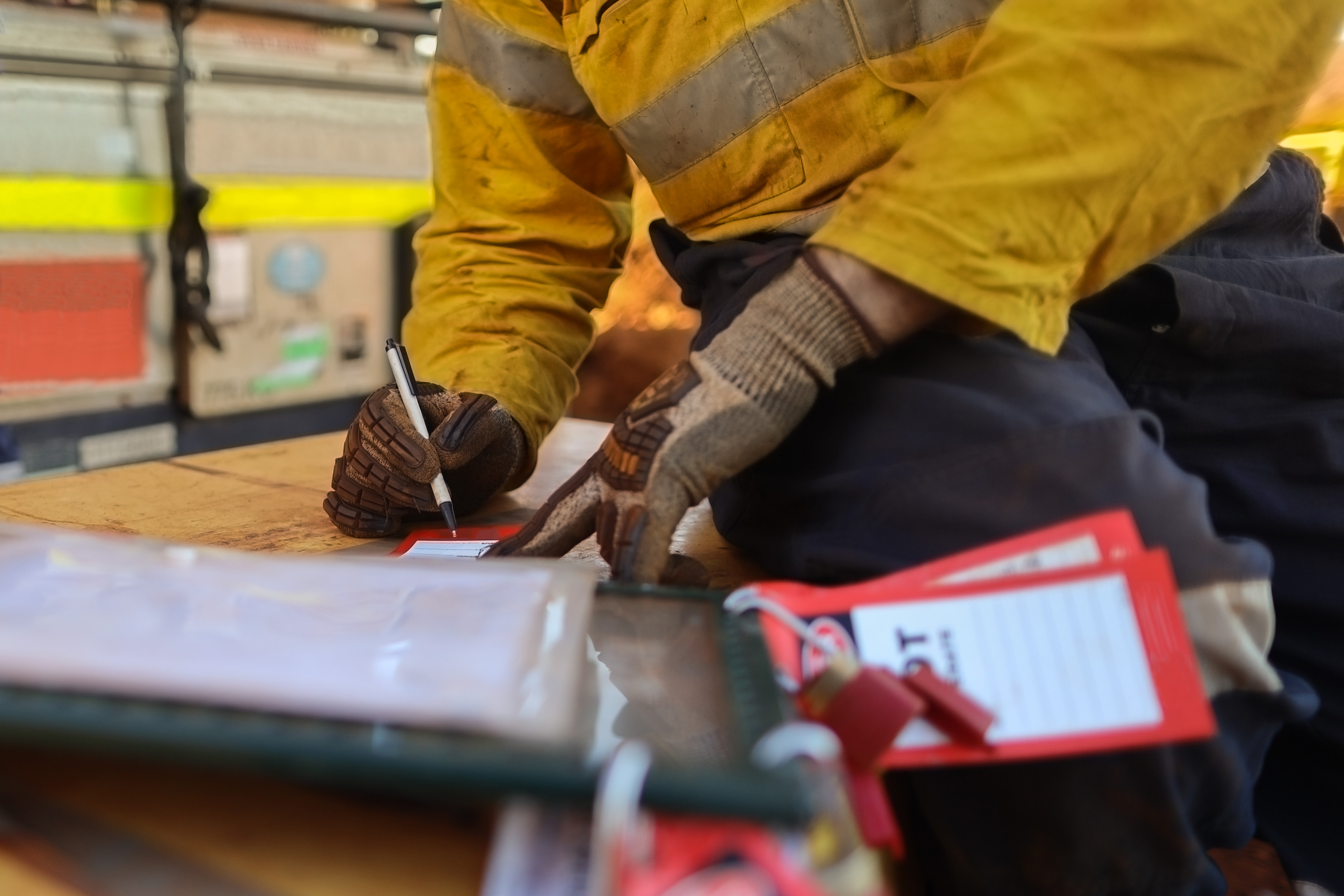Safety leaders are tasked with extremely important initiatives such as creating and implementing health and safety policies, training employees on safety standards, and conducting safety inspections. They’re also responsible for finding ways to continuously improve safety culture in the workplace.
Being a great safety leader isn’t easy. It takes certain characteristics to excel in the role—characteristics we explore in detail here.
What it takes to be a great safety leader
1. Compassion
People are drawn to warm and inviting safety leaders who clearly care about their well-being. When workers know your focus on safety comes from a place of wanting them to end their shift in the same physical and mental condition in which they started, you earn their respect.
Employees also feel a greater sense of trust with compassionate leaders, which enhances both loyalty and job satisfaction levels. If you don’t feel like you currently show enough compassion to your team, it’s never too late to make a change.
For starters, try being kinder to yourself. Get more sleep, create a few minutes of space each day to destress, and don’t beat yourself up for making mistakes. When interacting with employees, display empathy by putting yourself in their shoes, so you can understand how to better serve them.
You might like: 7 Ways to be More Proactive About Worker Safety
2. Excellent communication skills
Open and honest communication is essential to a safe workplace because you need to be on the same page with workers at all times. Effective safety leadership means meeting with employees regularly to discuss topics like new safety initiatives and current safety issues on your radar.
This further emphasizes the importance of safety because it’s not a topic that’s simply swept under the rug. When workers are encouraged to discuss safety matters, it becomes part of your culture, which is essential.
There’s no such thing as too much safety talk—and the conversation begins with you.
Also see: 7 Steps For Successful Safety Stand Downs
3. The ability to inspire
The best safety leaders motivate workers to be their personal best. People admire them, which makes them want to both personally adhere to safety initiatives and do everything they can to ensure the team meets its safety goals.
When people ask “What is safety leadership?” one of the main components is the ability to unite employees with a common purpose. Having a shared mission—in this case, safety—gives workers a purpose beyond their standard job duties
Being a safety leader employees admire, who truly inspires them, takes work. Showcase your passion for safety, make them feel appreciated, and include them in the decisions behind your safety rules.
4. Self-Awareness
The ability to lead by example is a must in this type of role. If employees see you breaking your own safety rules, they won’t take them seriously either.
As safety leadership, you’re the point person for all safety initiatives. Since people are relying on you to guide them in the right direction, it’s only logical they’ll follow suit if they see you engaging in unsafe workplace behaviors.
You might think you’re entirely self-aware, but it’s always good to check yourself. Take the time to review your safety policies and be honest about whether you’re fully adhering to the rules. If not, admit your mistakes to the team and commit to doing better moving forward.
5. The ability to be fully present
Human error is a major contributor to safety incidents. Therefore, you’re responsible for being fully in sync with your team, so you can spot warning signs before they become something more serious.
For example, if you notice an employee using heavy machinery appears distracted, you might take proactive measures, like reassigning them to a different, low-risk task or having them take a break to avoid an accident.
You won’t notice these issues if you’re not tuned in to what’s going on with your team. This underlines the importance of having a strong presence, as it can be life-saving.
Related: Addressing Worker Fatigue to Prevent Safety Incidents
6. A commitment to learning
Continuous learning is a huge part of how to improve safety culture. Keeping up with the latest rules and regulations from the Occupational Safety and Health Administration is part of this, but only one component.
As a safety leader, you always need to be looking at your current processes to gauge their effectiveness and seek even better ways to protect your team. This means keeping up with the latest industry happenings, attending conferences and training sessions, and seeking feedback from employees.
Being resistant to change is a trait that won’t serve you well in this type of job. A focus on innovation is the only way to foster continuous improvement.
Look: 10 Keystones of a Successful Worker Safety Program
7. Superb listening skills
One of the most important attributes of a successful health leader is understanding the importance of listening to employees. Many leaders mistakenly think their job is to speak, while workers listen attentively, but that isn’t the case.
As the people actually doing the work, your team has valuable safety feedback to offer. They have firsthand knowledge of everything from processes and procedures that are working—and those that aren’t—to helpful opinions on personal protective equipment.
If you feel like your listening skills need improvement, work on becoming an active listener. Accomplish this by maintaining eye contact while talking with employees, paraphrasing what they say, asking questions, and making a point to never interrupt.
This will help you learn valuable information that can guide improvements in safety practices. You won’t learn this information by dominating the conversation, so don’t underestimate the importance of knowing when to stop talking and start listening.
Every company needs outstanding safety leadership to create and maintain a strong safety culture. Displaying the characteristics listed above will help you best serve your organization.
As someone who takes your job seriously, you want to do everything in your power to help workers stay safe on your watch. Striving for continuous improvement—both personally and for the company as a whole—is the best way to keep safety incidents to a minimum.
Up next: How to Combat Risk Normalization

